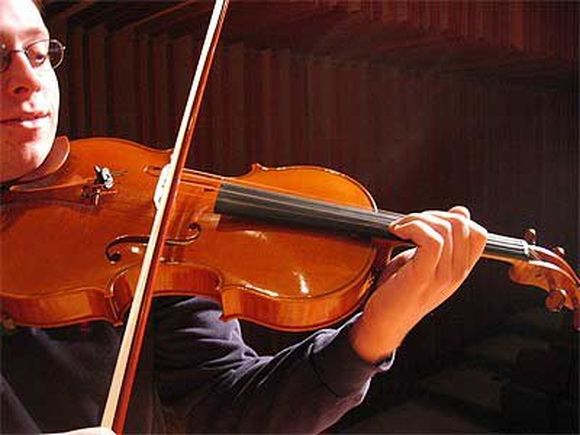9. Practising
There are countless books written on how to play stringed instruments, though the majority of them will be rather dull to wade through in the early stages, as they tend to be aimed at players who are already quite advanced. Furthermore, it is very important (particularly with beginners) not to present many different, possibly conflicting sources of information simultaneously. It can make the work of both teacher and pupil doubly difficult if the student is hearing one thing from a well-intentioned parent/book, and another in the lesson. There are many schools of thought in playing any musical instrument, and one is not necessarily better than another, so its very important that a teacher is allowed to teach in the way they feel most comfortable. They, after all, will have been taught to play the instrument themselves at some point, and need to be acknowledged as having an expert and informed position on the subject. However, the next point can certainly be made without ruffling too many feathers!

How much to practice depends on the age of the student and what stage they are at, but the importance of practising a little every day - even for as little as five minutes - rather than an hour once a week, can never be overstated. Much of the business of learning the viola is about getting used to one of the most challenging of playing postures. To the beginner, everything about the instrument seems to shout awkward and uncomfortable, but it is by holding the viola and playing it daily that the student will start to overcome this, and begin to feel more natural and relaxed. The achievement of physical relaxation and the elimination of muscular tension is perhaps the single most important key to progress.



